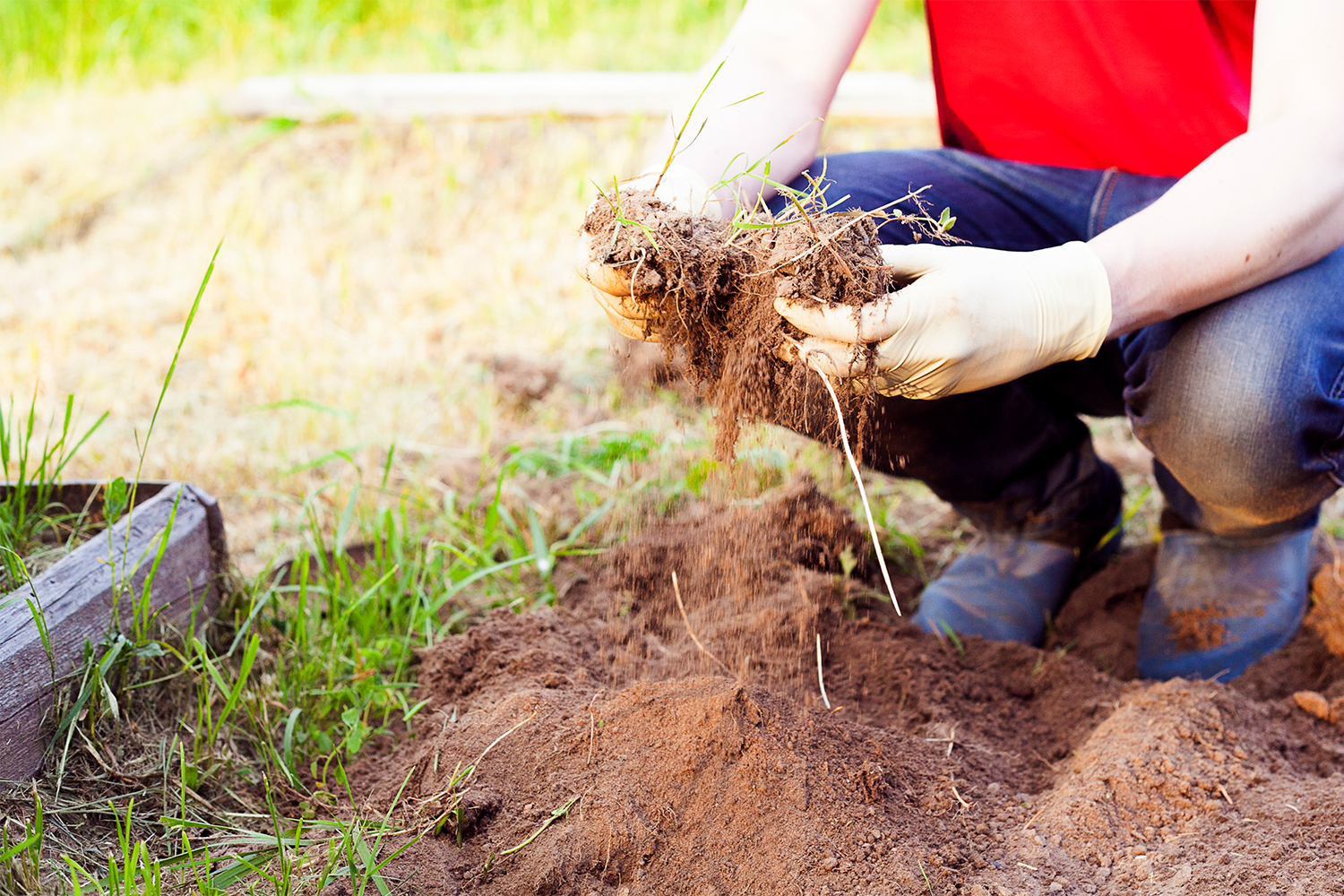Endless reports of pesticide-laced produce, hidden GMOs, and the miles our food travels to reach the store have many of us aching to get back to the land. We want the control that growing our own food offers—antibiotic-free meat from an animal given a decent life, vegetables picked within minutes of consumption, and tree-ripened fruit—not to mention how great it would be to trade in our cell phones for handfuls of dirt a few hours a week.
It was such sentiments that spurred Novella Carpenter to raise chickens in her backyard about 15 years ago. Then came bees and goats, followed by the pigs, vegetables and fruit trees. If you’re imagining a bucolic farm scene, think again. Carpenter’s Ghost Town Farm is located near downtown Oakland—closer to the BART tracks and freeways than to a barn. For years, much of her “farmlette” squatted on a vacant lot next to her house. And the pigs—they were fed scraps found dumpster-diving.
Carpenter is part of a rapidly growing movement of urban farmers forgoing lawns for food. In 2011, along with co-writer and fellow urban farmer Willow Rosenthal, she published The Essential Urban Farmer (Penguin, 2011). The book is a guide to help other urban homesteaders bring the farm to their backyards.
Taking It to the City
Carpenter plants wherever she can and raises small numbers of animals in backyard spaces usually reserved for swing sets. But it’s important not to put too much pressure on yourself when growing your own food, and Carpenter enjoys a good restaurant meal as much as a salad prepared from her garden. “I don’t live in a city to isolate myself in a self-sustained world,” she says. “I love to go to the pub for fish and chips or get Chinese.”
Planting the First Seed
Ready to take a stab at homesteading? Carpenter offers these tips to newbies:
- Start with foods you like and that are easy to grow. “A lot of first-time gardeners start with things that sound healthy but that they don’t eat, like kale,” she says. “Then they grow it but don’t like it.” A salad mix makes for the perfect yard crop. “A mix with mesclun and other greens, sown very closely together, makes a beautiful carpet and it will really blow your mind how good it tastes.”
- Chickens are an easy and rewarding first farm animal. “These `pets with benefits’ are beautiful, kids love them, and all you need to do is feed them,” remarks Carpenter. “Almost everyone eats eggs, and you get this fun thing called chicken television.”
- To avoid complaints, get neighbors involved as much as possible, suggests Carpenter. “Often people won’t get it until they see it, and really not until they taste it.” So make sure you include them in the fruits of your labor. “Once you taste homemade honey or greens that are minutes old from your yard, you appreciate the difference,” she says.
- If neighbors are complaining about the look of your urban farm, aesthetic upgrades are entirely possible. “Keeping chickens doesn’t have to be this low-class thing. I mean, Martha Stewart keeps chickens.” You can spend thousands of dollars on architecturally beautiful chicken coops if you choose to, according to Carpenter.





